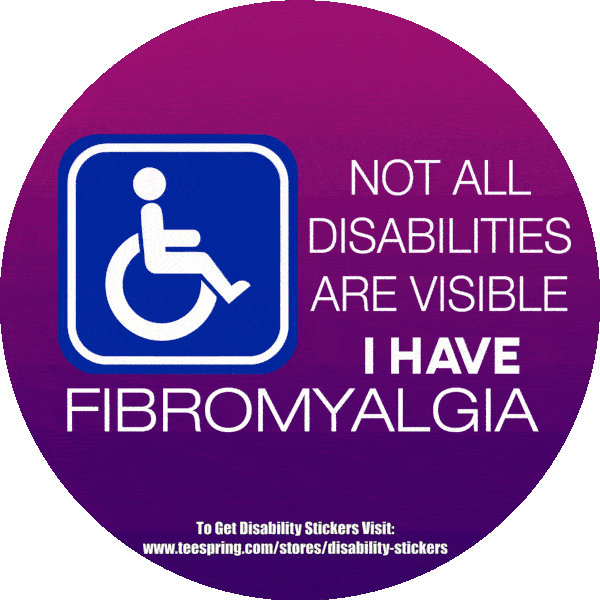Fibromyalgia and Polycystic ovarian syndrome
In Fibromyalgia increased levels of oxidative stress is Polycystic Ovary Syndrome, accompanied by pain and fatigue is been observed. The Mayo Clinic explains that symptoms usually develop during puberty around the time you start your first period.
However, it can certainly develop later. They add that you will probably get a diagnosis of PCOS if you experience at least two of the following symptoms: irregular periods, excess androgen, and polycystic ovaries. People with chronic fatigue and polycystic ovaries experience worsening symptoms with poor diet, lack of exercise, and stress.
Other symptoms of polycystic ovaries are increased mood swings,acne ,body hair, low or absent menstruation, weight gain and fertility problems. With the increase of polycystic ovaries a risk of diabetes develops.
The body will then have a difficult time regulating proper blood sugar levels and insulin resistance results. This in turn leads to an increase in inflammatory tissue and will cause further discomfort for patients with Fibromyalgia, chronic muscle fatigue and sufferers of polycystic ovaries.
There is actually no cure for PCOS, so you are essentially relegated to symptom management. And remember that there are serious health concerns related to this condition. That’s because PCOS is linked to high blood pressure, pre-diabetes, and high cholesterol. With normal ovarian function the ovaries produce a single healthy egg that is released once per month during ovulation. With Polycystic disease the ovary is enlarged, ovulation is involved with many follicles that bunch together like a clump of grapes. This malfunction in the ovaries produces an excess of hormones.
hsCRP is a test used to mearured levels of inflamation, Women with PCOS have been shown to have higher levels of inflammation. Mostly doctors check this for you. Fertility treatments are available to help women get pregnant. Losing as little as 5% excess weight can help women ovulate more regularly and lessen other PCOS symptoms.
The ideal way to do this is through nutrition and exercise. With the increase of polycystic ovaries a risk of diabetes develops. The body will then have a difficult time regulating proper blood sugar levels and insulin resistance results. This in turn leads to an increase in inflammatory tissue and will cause further discomfort for patients with Fibromyalgia, chronic muscle fatigue and sufferers of polycystic ovaries.
Most treatment options will focus on adjusting getting your hormone levels back in balance with an emphasis on a heart-healthy diet and moderate exercise. In some cases, surgery may be necessary to deal with excessive cysts. This is especially true where infertility is a problem. Typically, however, it is a last resort.
Diagnosis
Experts offer a bigger picture of signs to look for including Insulin resistance and too much insulin (hyperinsulinemia), which can cause things like upper body obesity and skin tags, Breathing problems while sleeping (obstructive sleep apnea).
This is linked to both obesity and insulin resistance, Hair loss from the scalp and hair growth (hirsutism) on the face, chest, back, stomach, thumbs, or toes and Fertility problems, such as not releasing an egg (not ovulating) or repeat miscarriages. Symptoms of polycystic ovary syndrome (PCOS) tend to start gradually. Hormone changes that lead to PCOS often start in the early teens, after the first menstrual period. Malfunction in the ovaries produces an excess of hormones. If the hormones are prevented from absorbing from the intestinal tract a build up of toxins will occur.
The liver is also affected, as the intestines will release these excess hormones into the liver for filtering. This build up has an inflammatory effect on individuals with polycystic ovaries as well as Epstein bar chronic fatigue. PCOS is one of the most common reproduction and endocrine disorders that affect women within the reproductive age range. It is a leading cause of female infertility and occurs due to an imbalance in the female sex hormones.
As a result, women experience female reproduction and fertility issues, changes in menstrual cycle, skin changes, ovarian cysts and other symptoms related to the female reproduction system. And if left untreated, over time it can lead to much more serious health problems, like diabetes and heart disease. And don’t forget that heart disease is the leading cause of death for American women, so PCOS is nothing to mess around with.
Treatment
Exercise should be practiced on a daily basis as weight gain is common in women with polycystic ovaries. A program that promotes increasing the metabolism in order for the bowel to move toxins along is suggested. These activities include yoga, brisk walking, low impact aerobics, swimming and dancing.
Surgery is less likely to lead to multiple pregnancies than taking fertility medicines. It is not known how long the benefits from surgery will last. There is some concern that ovarian surgery can cause scar tissue, which can lead to pain or more fertility problems.
Drinking plenty of pure water daily forces the body to flush toxins and hormones from the gut and adds to the overall approach of treating this disease. Athletes may benefit from the therapeutic effects of ribose. Ribose may improve exercise performance, increasing muscle recovery and function between sessions and helping to prevent muscular pain and stiffness.
Foods high in omega 3 such as herring, mackerel, anchovies, sardines and tuna are anti inflammatory foods an they are suggested for individuals with Polycystic ovaries, chronic fatigue syndrome and Fibromyalgia. You need to visit your healthcare practitioner and discuss treatment options, as well as potential or experienced damage to your heart.
And if you are interested in alternative treatments for this condition, you might consider Traditional Chinese Medicine which sees PCOS as a spleen and liver problem. An increase phyto-oestrogens help balance excess levels of hormones in the body that occur with individuals with polycystic ovaries. Examples of these foods are chickpeas, red clover, beans, lentils, miso, linseeds, tempeh, and soybeans.
Reference:
- Polycystic Ovary Syndrome (PCOS) – Symptoms via Web Md
- Chronic Fatigue Syndrome and Polycystic Ovaries via The Optimum HealthClinic
